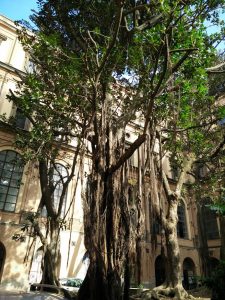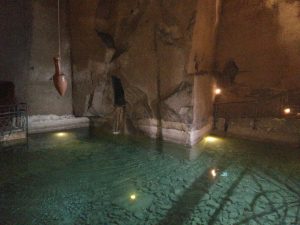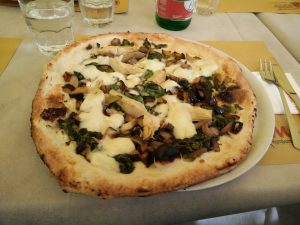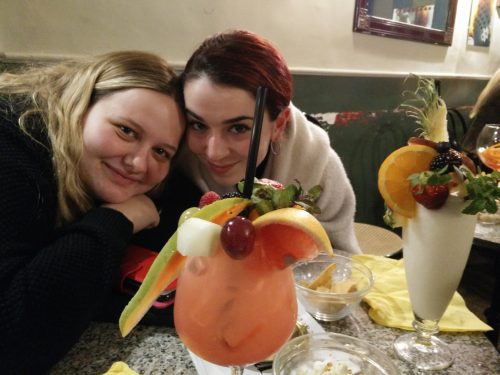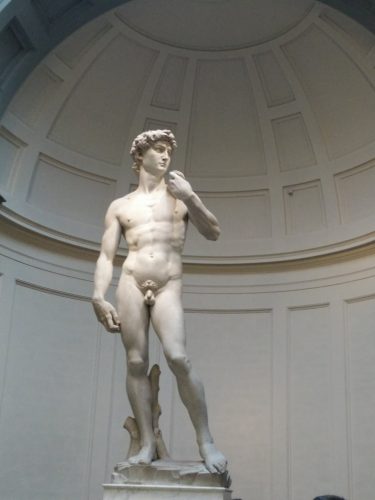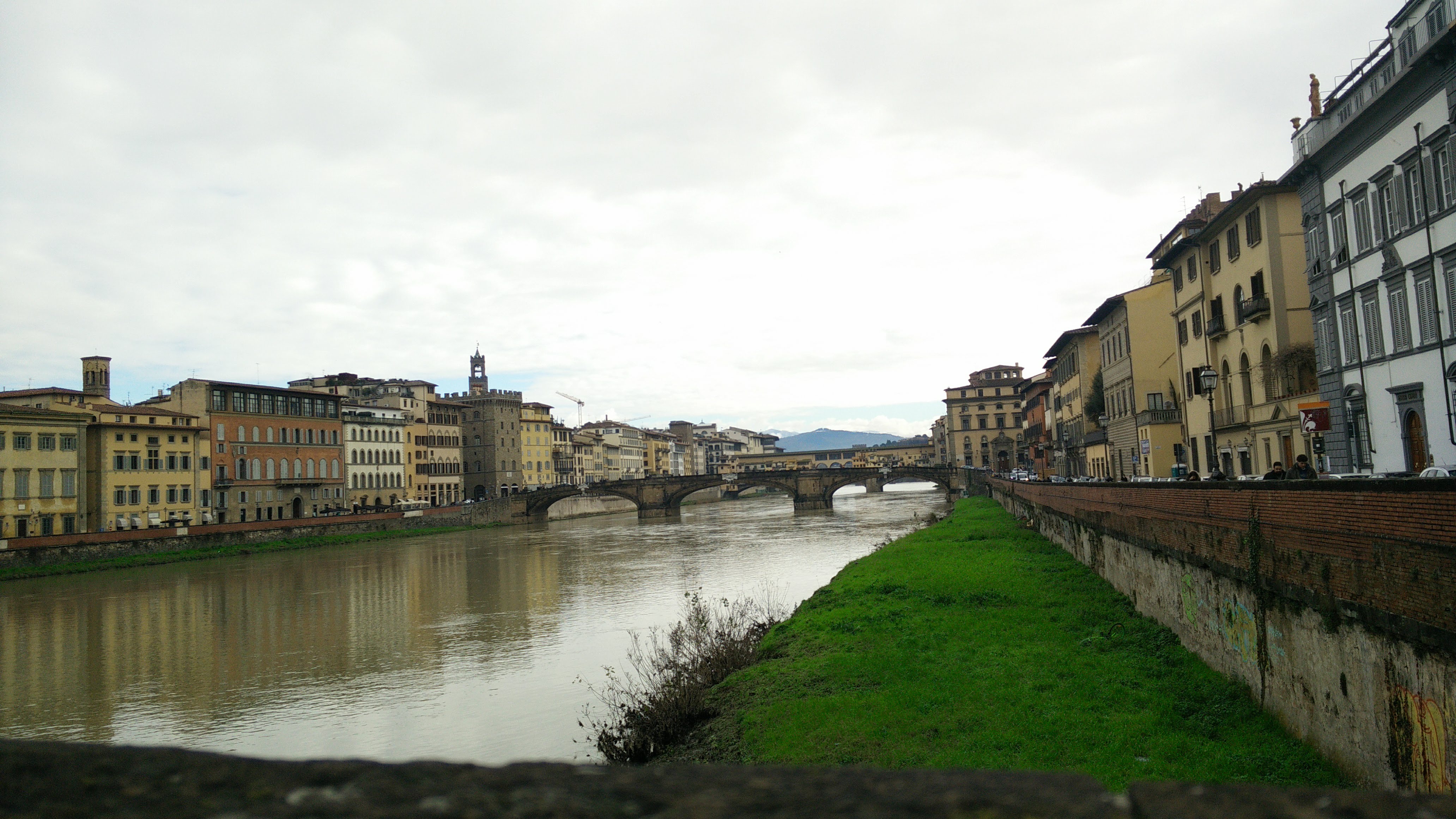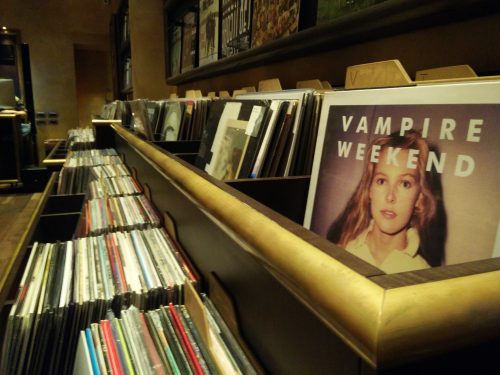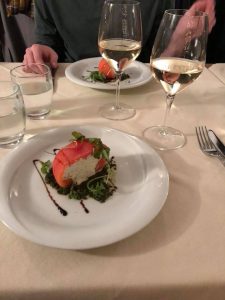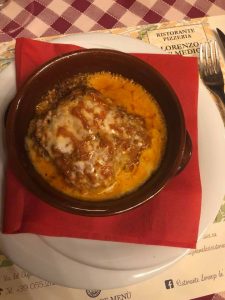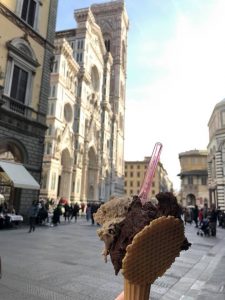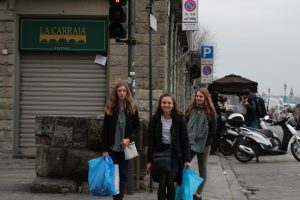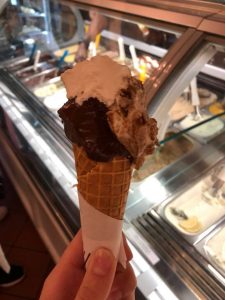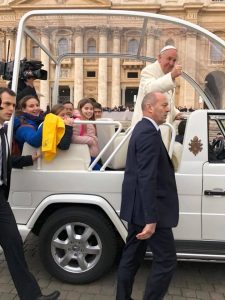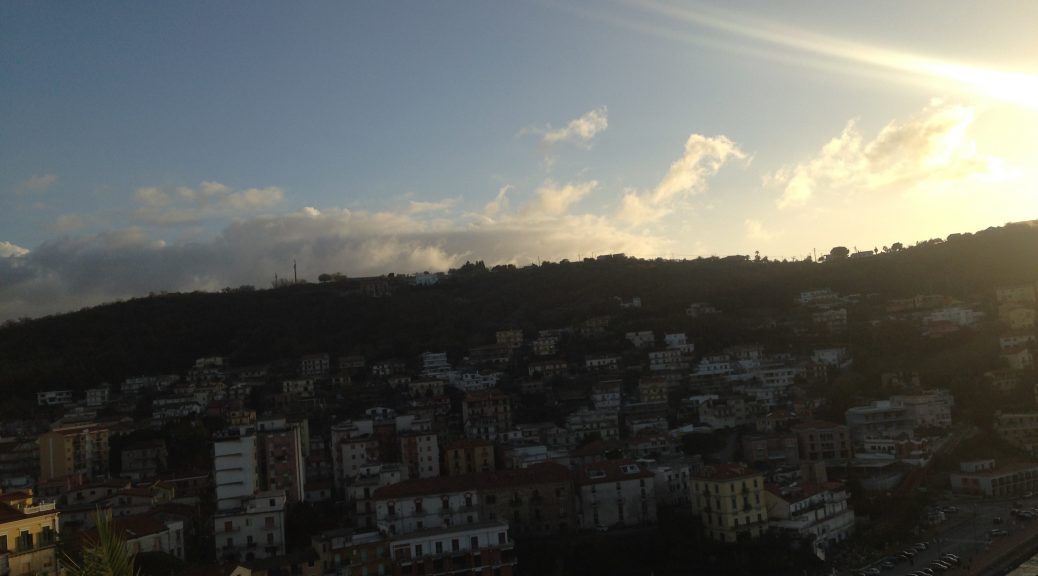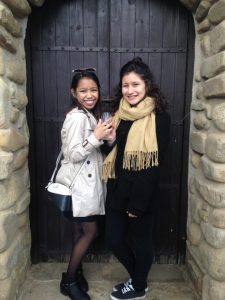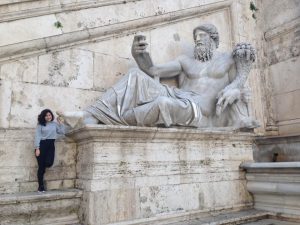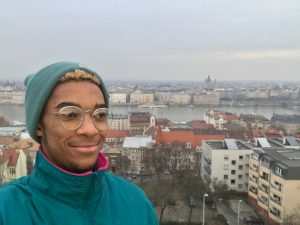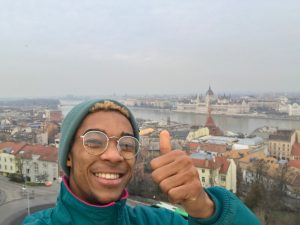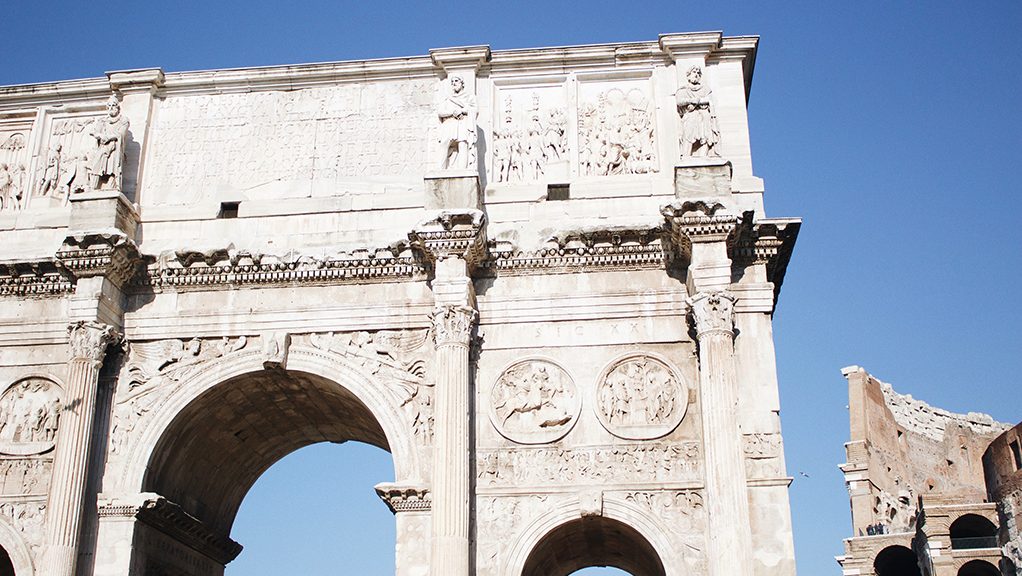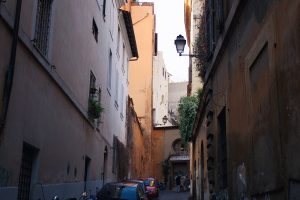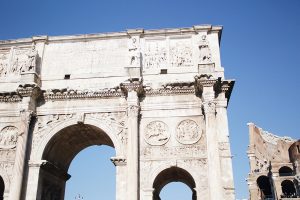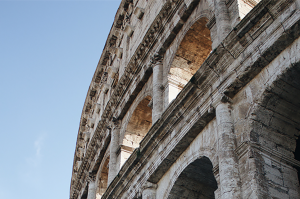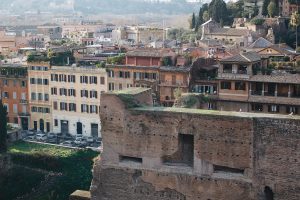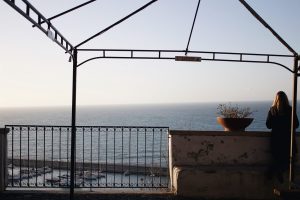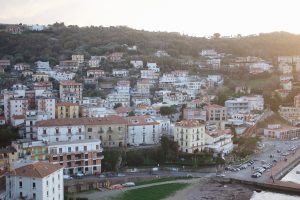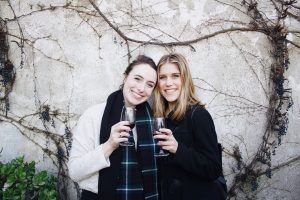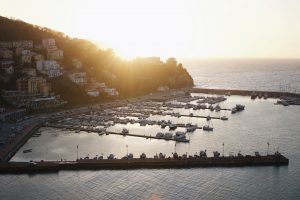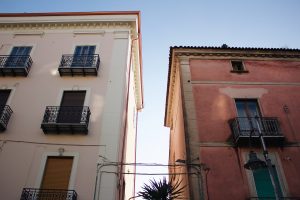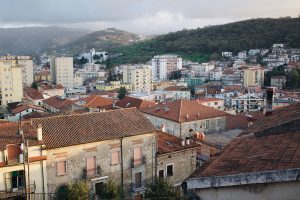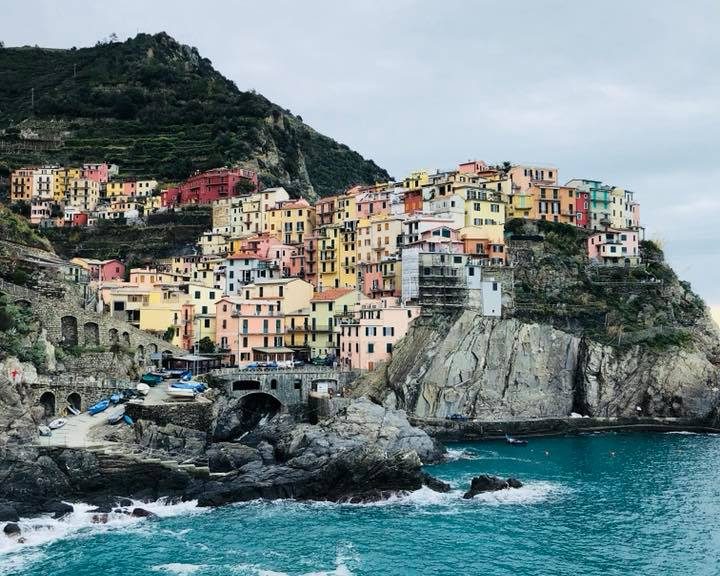
What I Learned: Cinque Terre
At the beginning of February, I visited a region of Northern Italy called Cinque Terre, which translates to “five lands.” This is an area of five small towns, and in just two days, I was able to visit each one. While I was there, I learned a few things that I thought I’d share with you all.
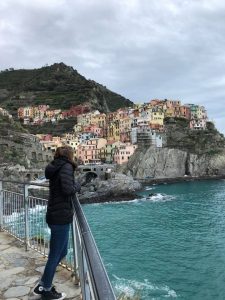
- Before you go on a trip, you should do more research than a quick Google search.
The week before we left, I was stressed. Classes had really picked up, and I had a lot of work to do. I was traveling with just one other friend, and I let her do a lot of the research and planning. My research consisted of reading the first few things that popped up when I searched “What to do in Cinque Terre.” While these were helpful and gave me an idea of what to expect from the region, I wasn’t asking the right questions. I should’ve been searching the best time to go to Cinque Terre, for starters, because we ended up going during off season. This seems obvious- Cinque Terre is right on the water and many people go there for the beaches. February isn’t the best time to sit on the beach. But we still expected there to be more to do! As we sat in a restaurant for lunch on Saturday shortly after we arrived, we tried asking the waitress for some suggestions of things to do in the region. She laughed, a bit nervously, and said, “Well, in the winter, there’s not much to do here.” If we had done a little more research, we would’ve known this!
- But you don’t always have to listen to what your research tells you.
That being said, I’m almost glad we didn’t know that going in. It would’ve skewed my idea of the region. It was almost funny, us walking around trying to find things to do. Even though we saw it in most of the towns, we were still surprised when we made it to the next and seemed to be some of the only people there. The weekend we went was a shorter weekend for us (we had had classes on Friday, so we were only able to travel Saturday and Sunday), so we had just the right amount of time to wander through all the towns before heading home. If it had been warmer, we might’ve gotten distracted by the beach and wanted to sit there all weekend. Don’t get me wrong, that would’ve been great, but going in February allowed us to really see all the towns, compare them, and pick which was our favorite. We saw some beautiful views and captured pictures that I will forever want to show off to family and friends.
- Go to the bathroom whenever one is offered to you, but don’t look into it too much.
This has become something I’ve learned of Italy in general, but bathrooms are… different here. Public restrooms are often available near big tourist sites, but you usually have to pay up to one euro for entry. Restaurants have bathrooms, but you are of course expected to purchase something in order to use them. Stores like clothing stores and supermarkets do not have bathrooms. So, on weekend trips and whenever I venture into the city, every time I stop for a meal or gelato or a cappuccino, I make it a point to go to the bathroom. This was especially important in Cinque Terre because we were constantly on the go, and we didn’t always know when we’d find another open restaurant or bar. So… My second comment probably sounds a little confusing- why shouldn’t you look into the bathroom too much? During lunch on Sunday, asI entered the bathroom of our restaurant for the second time (trying to take full advantage of a free bathroom in reach), I looked at the ceiling and saw THE BIGGEST SPIDER I HAVE EVER SEEN IN MY LIFE. I am pretty terrified of spiders, so the appeal of the bathroom was quickly diminished. In general, bathrooms here are fine, but many toilets don’t have toilet seats. The bathrooms are usually in the basement of buildings, and after trekking down steep staircases to get to them, they can be pretty dirty. So, use bathrooms when possible, but always carry hand sanitizer with you and don’t look up!!
- Talk to the locals, even though it’s scary!
The friend I traveled with is much more advanced in her Italian skills than I am, so I leaned on her throughout the weekend to help us navigate the unfamiliar towns. I am used to keeping my head down and avoiding nerve-wracking situations, but she was great about asking the locals for suggestions. We met the owner of a nearby café (where we ate breakfast on both days and I had a late night snack on Saturday), and he gave us directions and made great cake!! I realized how important those interactions can be, even if they’re scary. This local’s café was our favorite place in Corniglia, the town we stayed in, and we were able to see more of Cinque Terre because we talked to the owner. (I’m hoping to write more about conversations with locals in a later blog post, so stay tuned!)
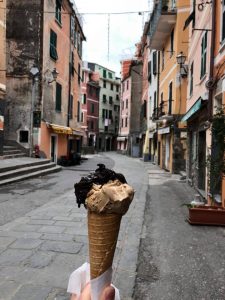
My best Italian is still me ordering gelato.
- Embrace the local culture and norms of where you go.
I have never been the most outdoorsy person, and when I started telling people I wanted to go to Cinque Terre, they kept mentioning the hiking there. My friend and I left for the weekend hoping that the trains running between the towns we heard about weren’t just a myth. And they weren’t! We used the trains to get from some towns to the next. But once we’d spent some time there, we realized how big of a role the hiking trails played in the “culture” in Cinque Terre. We completed two hikes during the weekend (one on each day), and it ended up being one of our favorite parts. We decided to try the shorter trails so as not to burn out, which was a good decision because wow! I was sore for days afterwards! But the views we saw along the way were breathtaking. I snapped pictures constantly, each time muttering, “Okay I know I said the last one would be my last picture but look at that!” We met some very nice locals and fellow tourists who helped guide us in the right direction, and we enjoyed some good conversation along the way.

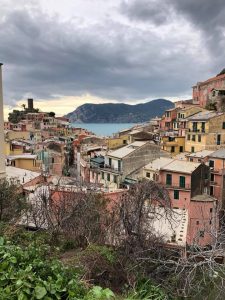
Some views from a hike.
Although the weekend wasn’t really what I had expected or what I would have planned, it ended up being so relaxing. It pulled me off campus without completely exhausting me, as some of my longer trips have. I learned to go with the flow for the weekend- something I’ve never been great at. It really payed off, and Cinque Terre has been one of my favorite places so far.
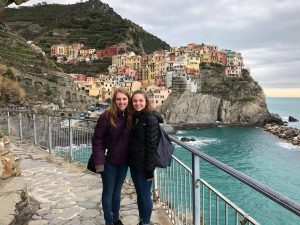 In front of our favorite view!
In front of our favorite view!

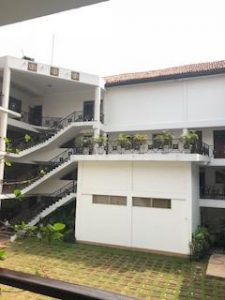
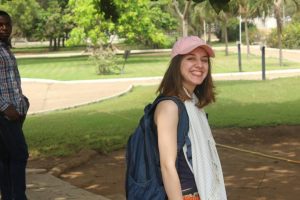
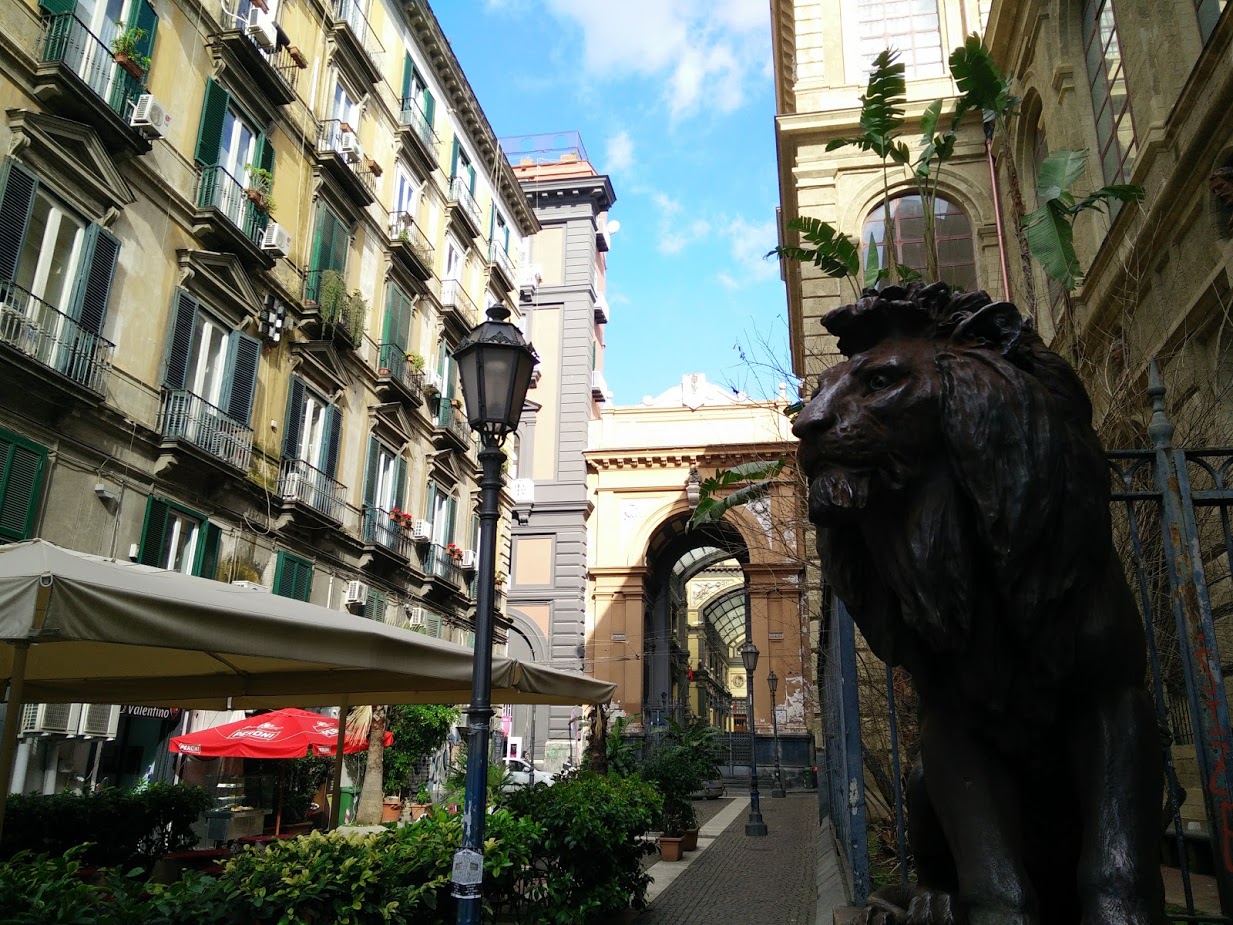 The Courtyard of La Accademia What the ancient aqueducts had looked like
The Courtyard of La Accademia What the ancient aqueducts had looked like